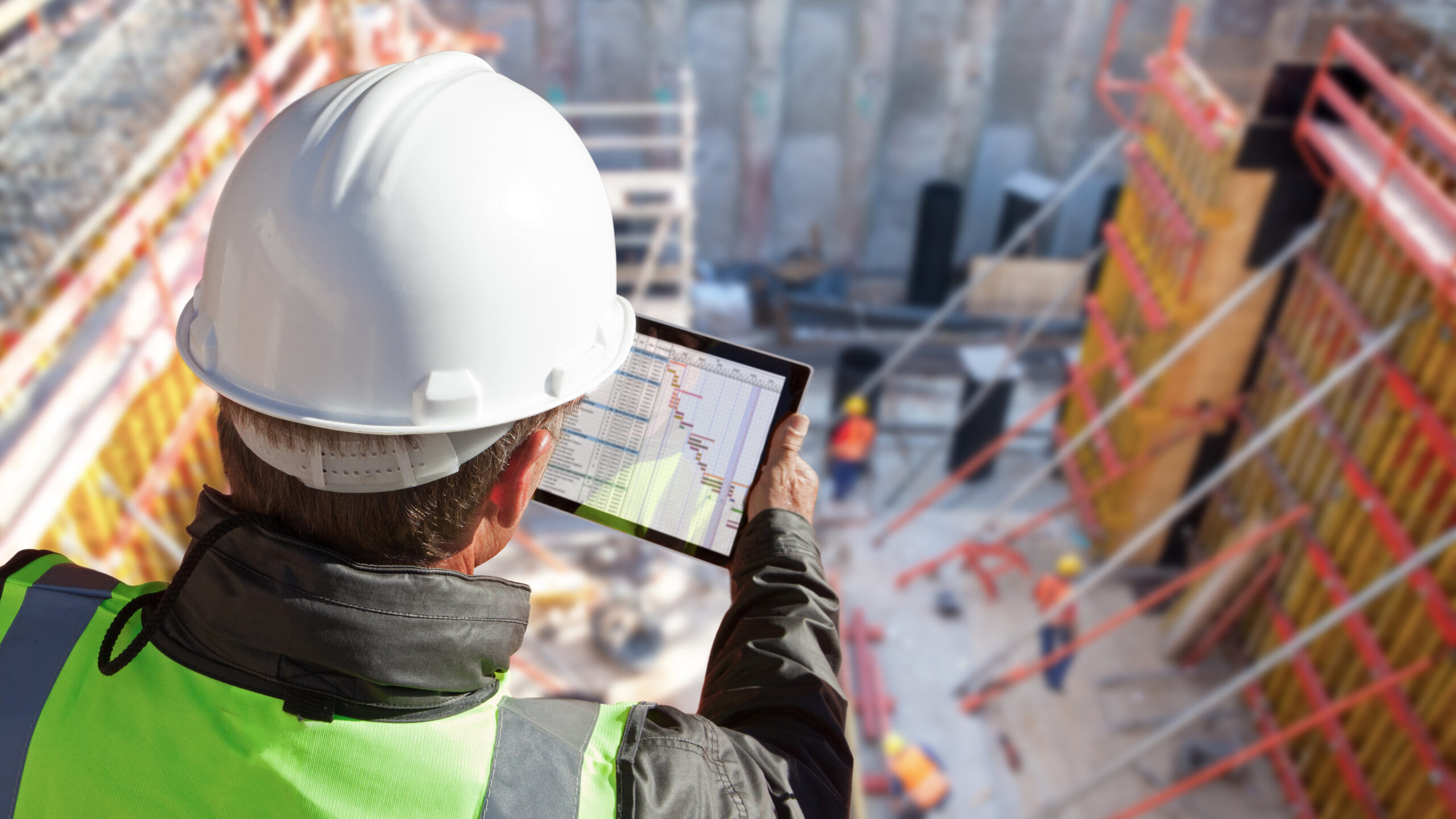A common complaint you hear from electric vehicle owners is about the sorry state of public EV charging: broken chargers, janky software, busted screens. But a lot of this is anecdotal, and it can be hard to find any rigorous studies that capture the current state of EV charging in the US.
JD Power surveyed 11,554 electric vehicle and plug-in hybrid vehicle owners from January through June 2022 for its second annual Electric Vehicle Experience Public Charging Study. Despite big growth in the number of public EV chargers in the US, EV owners say the overall experience still sucks.
The consumer research firm measured customer satisfaction with EV charging on a 1,000-point scale. According to respondents, charging at a public Level 2 charger is worse than it was last year, with satisfaction dropping to 633 from 643 in 2021. Meanwhile, satisfaction with the speedier DC (direct current) fast charger segment remains flat at 674.
CHARGING AT A PUBLIC LEVEL 2 CHARGER IS WORSE THAN IT WAS LAST YEAR
“Not only is the availability of public charging still an obstacle, but EV owners continue to be faced with charging station equipment that is inoperable,” Brent Gruber, executive director of global automotive at JD Power, said in a statement.
Finding a public charger has never been easier, but finding one that works remains a serious problem. According to the survey, one out of every five respondents ended up not charging their vehicle after locating a public charger. And of those who didn’t charge, 72 percent indicated that it was due to the station malfunctioning or being out of service.
There are approximately 41,000 public charging stations in the United States, with more than 100,000 outlets. Of course, public chargers are only half of the equation. Most EV owners do their charging overnight while parked in their driveway at home. But if EVs are to become a more attractive option to car buyers, charging stations are going to need to become more pervasive and reliable like gas stations.
Unsurprisingly, Tesla ranks near the top for customer satisfaction, with its Destination wall-mounted Level 2 chargers (most often found in parking garages or at hotels) ranking highest with a score of 680 out of 1,000. Tesla’s Supercharger network also ranks highest among DC fast chargers, with a score of 739.
EXPERTS SAY THAT TESLA’S NETWORK TYPICALLY WORKS SO WELL BECAUSE IT’S DESIGNED TO WORK ONLY FOR THE COMPANY’S OWN EVS
Experts say that Tesla’s network typically works so well because it’s designed to work only for the company’s own EVs. Tesla uses a proprietary connector in North America, so non-Tesla vehicles here will need an adapter in order to access the company’s Superchargers, of which there are over 6,798 plugs in the US, according to the Department of Energy. (The company says it has 35,000 Supercharger plugs globally.) Other public charging networks, by comparison, have to work for many different EV brands. Tesla is expected to begin opening up its chargers to non-Tesla EVs starting at the end of this year.
Other EV charging companies scored less favorably with vehicle owners. Among Level 2 charging providers, customers ranked Volta (667) second behind Tesla, ChargePoint (639) third, SemaConnect (557) fourth, and Blink (560) in fifth place. Customers ranked DC fast charging companies in the order of ChargePoint (644), Electrify America (614), and EVgo (573).
There is a glimmer of hope that EV charging is on the cusp of getting better. The Biden administration was able to secure $5 billion in funding for EV charging infrastructure as part of his infrastructure plan that was signed into law late last year. Most of the money will be directed to the states to create a network of EV charging stations along designated “Alternative Fuel Corridors,” defined as approximately 165,722 miles of the National Highway System, covering 49 states and the District of Columbia.
The administration also released new standards aimed at helping accelerate the installation of new charging stations. These standards give states guidelines on awarding contracts for EV charging projects, directing the companies who get them to build chargers that are convenient, affordable, and accessible to the broadest number of people. The money also comes with a requirement that chargers be functional nearly 100 percent of the time and adhere to technical standards for communicating with vehicles.
Source: The Verge – www.theverge.com/2022/8/17/23308612/ev-charging-broken-unreliable-survey-jd-power




